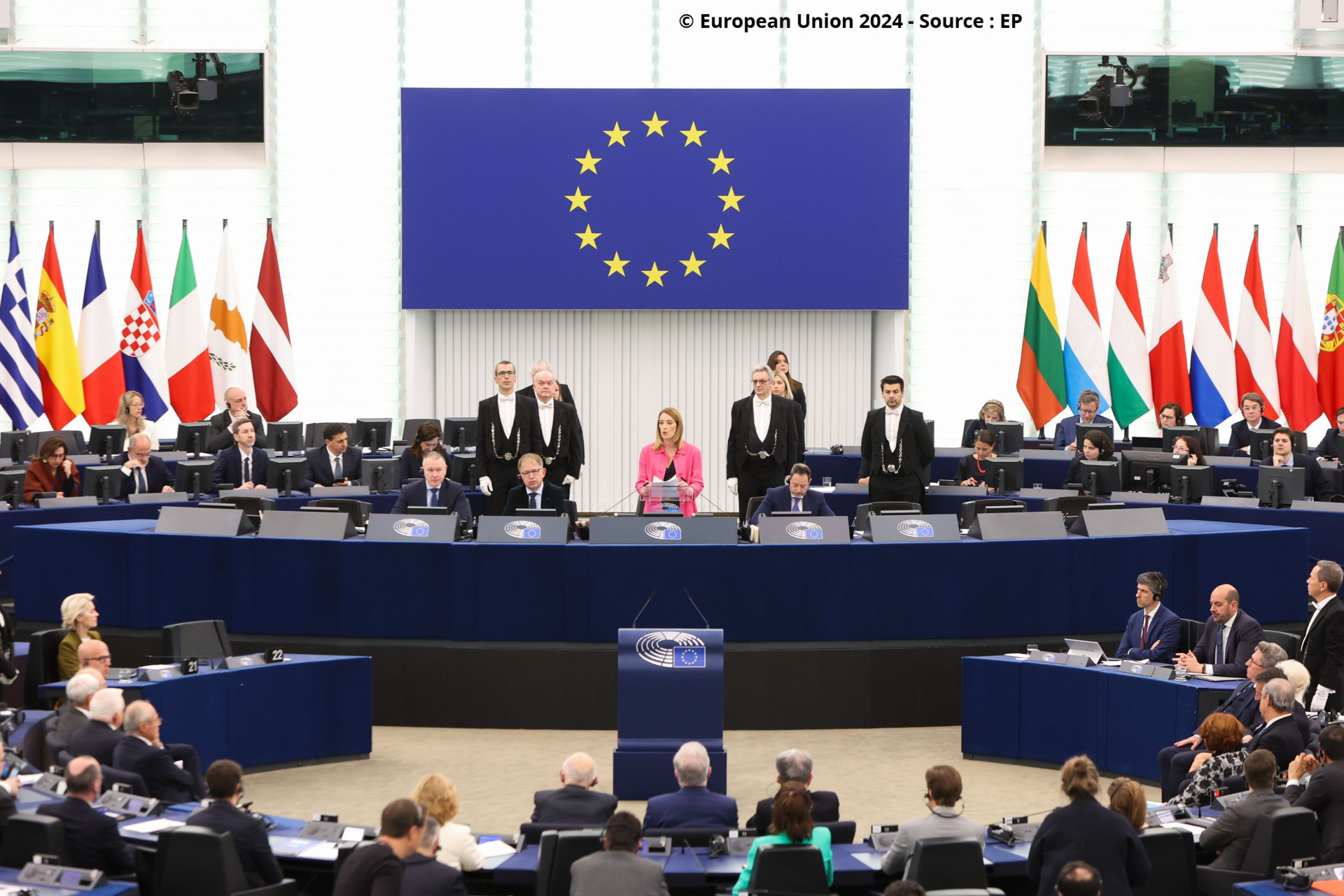
Members of the European Parliament (MEPs) headed to Strasbourg from 22 to 25 April for the last plenary before the elections. With 89 final votes planned on the agenda – a much higher number than that of the final plenary of the previous legislature – the session, as well as the mini-plenary that took place in Brussels a few weeks prior, saw several Green Deal files finally cross the finish line. In addition, several legislation pieces under this framework have been published in the Official Journal in these last few weeks, preluding their upcoming entering into force, whereas for a few other handfuls of files, no agreement has been found, meaning that the new institutional term will decide on how to move forward.
As far as the Brussels mini plenary, which took place on 10 and 11 April, is concerned, MEPs reached a milestone on the file set to cut methane emissions, which will notably cover direct methane emissions from the oil, fossil gas and coal sectors and will require operators to detect and repair methane leaks. In the same session, the Artificial Intelligence (AI) Act was also approved with a large majority. The groundbreaking text aims to protect citizens from high-risk AI while boosting innovation and establishing Europe as a leader in digital regulation. These files now await a final vote in the Council after which they will be published in the Official Journal of the EU and subsequently enter into force.
During the last EP plenary session from 22 to 25 April, the Net-Zero Industry Act (NZIA) was finally approved. As the EU’s focus is increasingly shifting towards competitiveness, the NZIA sets a target for Europe to produce 40% of net-zero technologies such as solar panels, heat pumps, or electrolysers, by 2030 and to capture 15% of the global market value for these technologies.
As for publications in the Official Journal, the Critical Raw Materials Act (CRMA) has now been published and will soon enter into force. One of its main provisions stipulates that by 2030, the EU’s annual use of Strategic Raw Materials (SRMs) – those materials deemed critical for the green and digital transitions - should consist of at least 10% locally extracted minerals, 40% locally processed minerals, and 25% from recycled materials, while no single third country should supply more than 65% of the bloc’s annual consumption of any SRMs.
The revision of the Regulation on Wholesale Energy Market Integrity and Transparency (REMIT) has also been published in the Official Journal and will enter into force on 7 May 2024. As part of the broader Electricity Market Design reform, its aim is to promote transparency and integrity in the energy market, and to ensure that the EU is safeguarded against market manipulation.
However, two pivotal energy and environment files remain stuck in limbo: the Energy Taxation Directive, and the Nature Restoration Law. The revision of the Energy Taxation Directive (ETD), which first entered into force in 2003, was a priority of the European Green Deal. Indeed, as the text currently places all energy sources on an equal footing in terms of taxation, it directly contradicts the EU’s energy transition objectives. Nevertheless, since the early talks in 2021, there has been a lack of consensus in both the Council and the Parliament (which only holds a consultative role in the matter). On 25 April, EU member states discussed a new compromise text offering more flexibility, and even a seven-year grace period for countries to introduce the new tax rates, as well as exemptions for fishing boats, flights to and from island nations and security matters. But the bloc is yet to reach a common position, leaving little doubt that no progress will be made before the summer. With a few EU countries backtracking on their support for the text, the Nature Restoration law also still notably hangs in the balance, with the planned final vote on 25 March during a meeting of Environment ministers postponed to an unknown date.